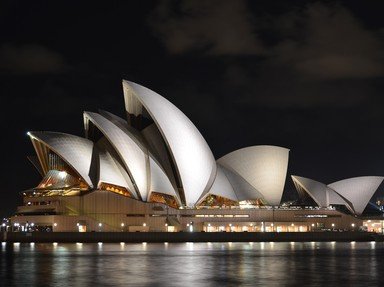Quiz Answer Key and Fun Facts
1. The Royal Albert Hall is probably London's most famous venue for classical music, although it also hosts a much wider range of events, including conferences, ballroom dancing, and sports such as tennis and boxing. From where did it get its name?
2. The Queen's Hall in Langham Place (near Oxford Street) was the home of the Henry Wood Promenade Concerts from their foundation in 1895 until 1940. Why did "The Proms" move to the Royal Albert Hall in 1941?
3. The Wigmore Hall, famous as a venue for chamber music concerts, was built by the German piano manufacturer Bechstein as a showcase for its products, and opened in 1901 as the Bechstein Hall. Why was it renamed in 1917?
4. Now part of the South Bank Centre arts complex, London's Royal Festival Hall was built, as its name suggests, for the Festival of Britain. In what year did this major national celebration take place?
5. London's South Bank Centre arts complex includes three concert halls. The medium-sized one, suitable for chamber orchestras and other small ensembles, is known as the QEH. For what do these initials stand?
6. The smallest of the three South Bank Centre concert halls is named after one of Britain's greatest classical composers. What is his name?
7. The Barbican Concert Hall opened in 1982, as part of a major new arts complex in the City of London. Which major London orchestra was based there from the start?
8. Nicknamed "Queen Anne's Footstool", this church dates back to 1728. Now no longer in religious use, it has become one of London's major venues for chamber music and performances by smaller ensembles and semi-professional orchestras. What is its correct name?
9. The Cadogan Hall, near Sloane Square in West London, was not originally constructed as a concert hall. What was it from 1907 to 1996?
10. What is the name of the new Arts Centre that opened in 2008 near London's King's Cross Station, and which is the London base for the London Sinfonietta and the Orchestra of the Age of Enlightenment?
Source: Author
stedman
This quiz was reviewed by FunTrivia editor
trident before going online.
Any errors found in FunTrivia content are routinely corrected through our feedback system.

